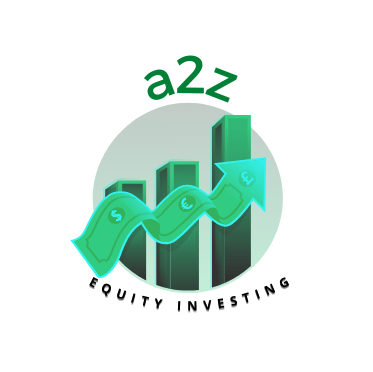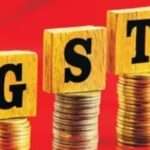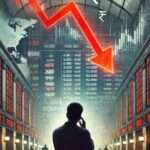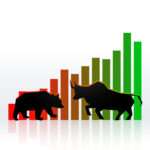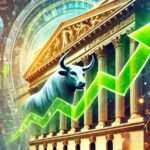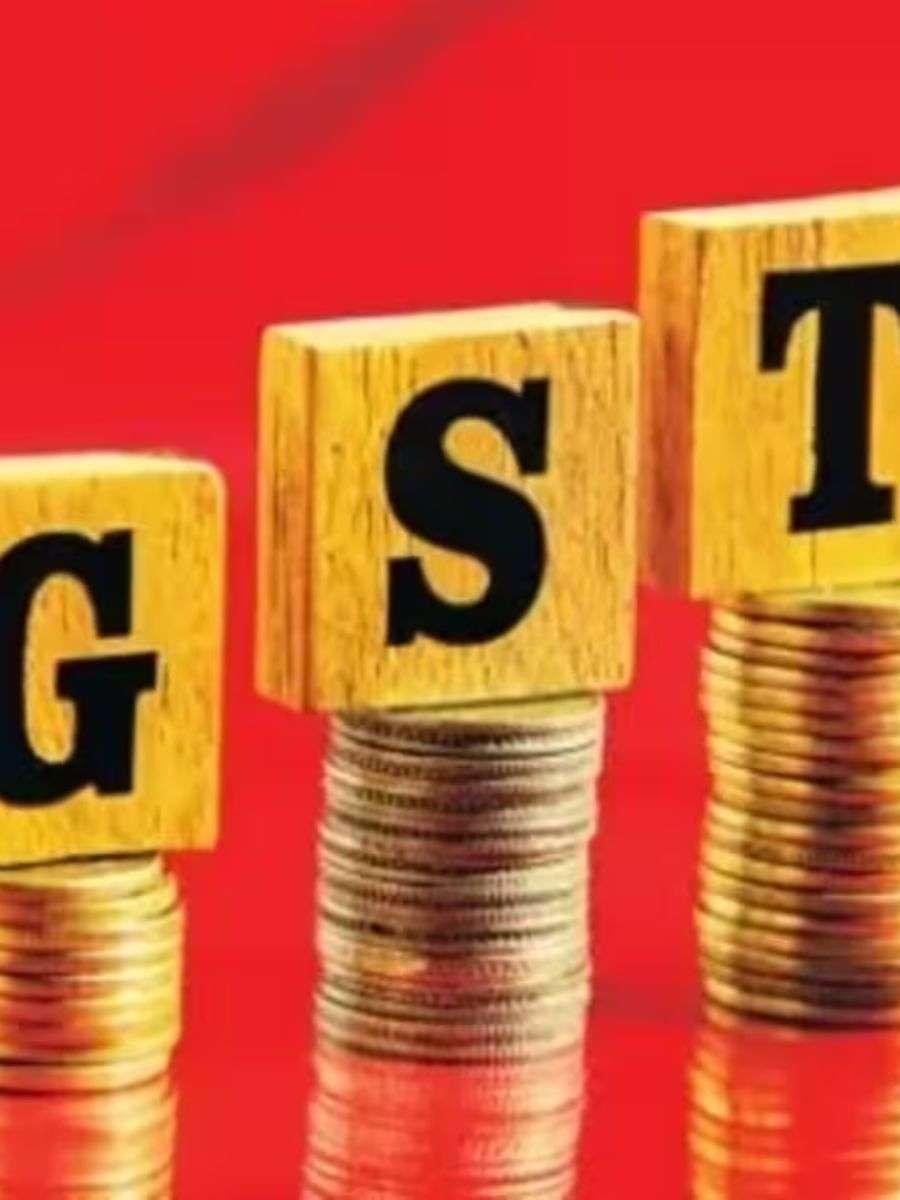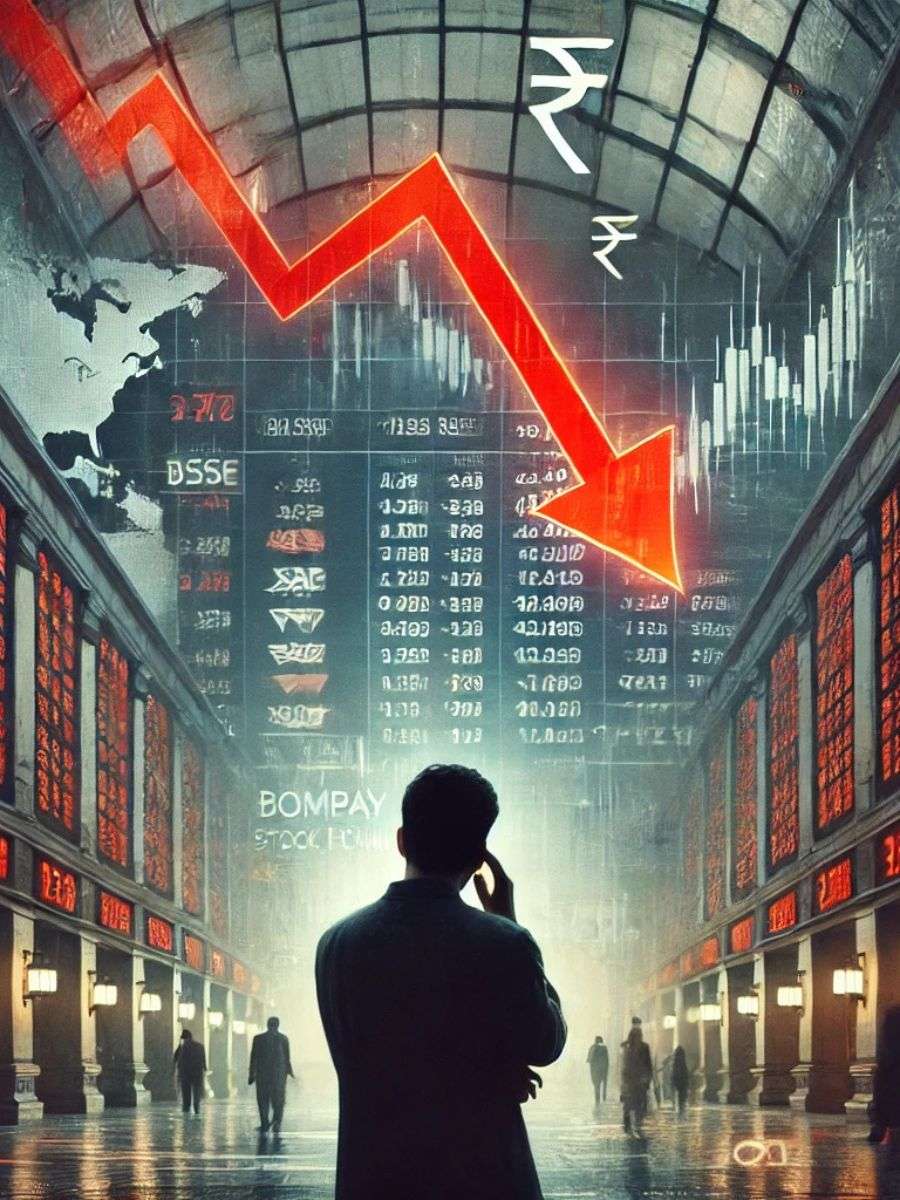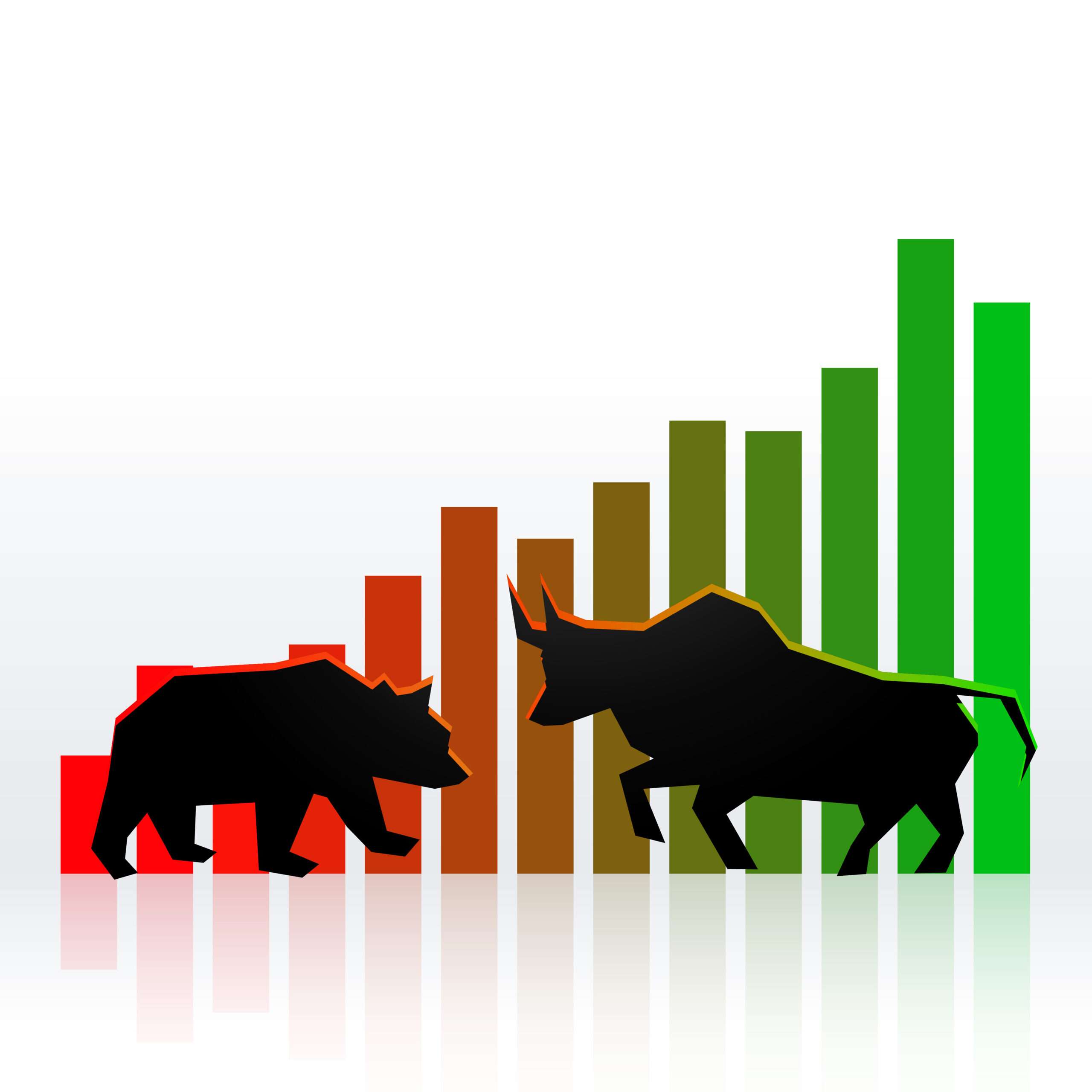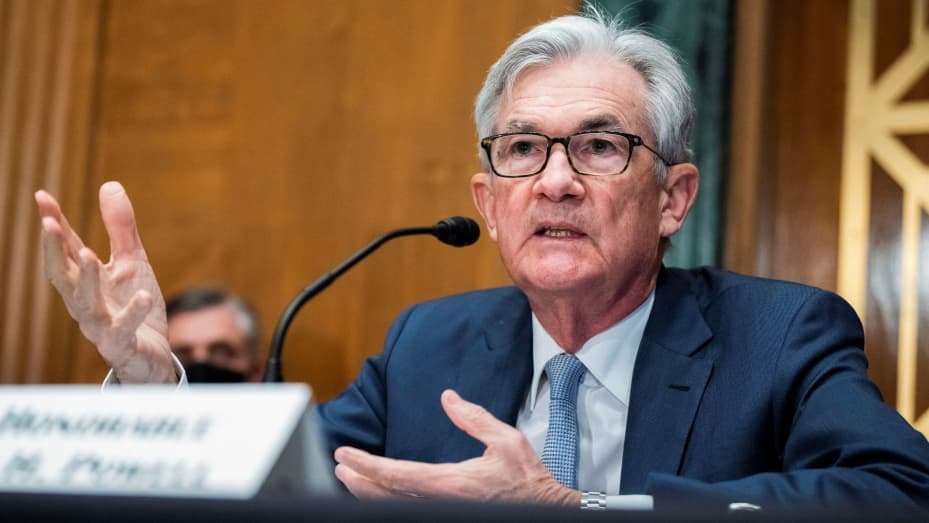
Main Points
- On Tuesday, Jerome Powell, the chairman of the Federal Reserve, issued a warning that interest rates may rise sooner than anticipated.
- The head of the central bank stated in prepared remarks for appearances this week on Capitol Hill that “we would be prepared to enhance the pace of rate rises” if the sum of the evidence showed that faster tightening was necessary.
- The Fed’s efforts to combat inflation, in Powell’s view, have still not been fully successful.
Federal Reserve Issued Warning On Interest Rate Hike
On Tuesday, Jerome Powell, the chairman of the Federal Reserve, issued a warning that interest rates may rise sooner than anticipated.
Data Analysis on Interest Rates
The chairman of the central bank issued a warning about tougher monetary policy in the future to slow a booming economy, citing statistics from earlier this year that indicated inflation had reversed the decline it exhibited in late 2022.
Powell made the statement in remarks prepared for two visits this week on Capitol Hill. “The latest economic statistics have come in better than expected, which implies that the eventual level of interest rates is likely to be higher than previously anticipated,” Powell said. “We would be willing to increase the pace of rate rises if the sum of the data were to show that greater tightening is needed.”
Should it increase Interest Rates more than it did previously?
Their comments imply two things: first, that the federal funds rate’s peak or terminal level will likely be higher than the Fed officials had previously predicted; and, second, that the change from a larger to a smaller rise last month may not persist long if inflation figures remain strong.
Their comments imply two things: first, that the federal funds rate’s peak or terminal level will likely be higher than the Fed officials had previously predicted; and, second, that the change from a larger to a smaller rise last month may not persist long if inflation figures remain strong.
Officials estimated the terminal rate to reach 5.1% in December. Following Powell’s comments, the current market price increased to a range of 5.5%-5.75%, according to data from the CME Group. Powell did not say how high he expects rates to rise in the end.
Markets are typically upbeat going into the speech because they believe the central bank can control inflation without driving the economy into the ground. Following the publication of Powell’s comments, stocks dropped significantly and Treasury rates increased.
According to statistics from January, inflation was still averaging 5.4% yearly as measured by personal consumption expenditures prices, the favoured yardstick for policymakers. It is a significant increase from December’s level and well beyond the Fed’s long-term aim of 2%.
Although pointing out that part of the strong January inflation figures may have been caused by the exceptionally warm weather, Powell said the current trend indicates that the Fed’s work in combating inflation is not yet complete.
“We’ve come a long way, and the full impact of our tightening thus far hasn’t yet been felt. We still have work to do, he added.
Powell speaks Tuesday before the Senate Banking, Housing and Urban Affairs Committee then will address the House Financial Services Committee on Wednesday.
Seneate Pressured to Rethink Hikes
Democrats on the Senate committee who argued that the Fed should reconsider its rate rises and blamed corporate greed and price gouging for inflation pushed back against the chairman. Sen. Elizabeth Warren, D-Mass., a vocal opponent of Powell, said that the Fed’s inflation targets will result in the unemployment of 2 million Americans.
Powell said that the techniques being used to lower inflation are the only ones available. If inflation stays at 6%, will working people be better off if we just quit our jobs?
Throughout the course of the previous year, the Fed increased its benchmark fund rate eight times, bringing it to its current targeted range of 4.5%–4.75%. The funds rate, on the surface, determines how much banks charge one another for overnight lending. Yet it also flows into a wide range of other consumer debt products, including credit cards, mortgages, and auto loans.
Raphael Bostic, president of the Atlanta Fed, and other officials have recently stated that they believe the rate rises will shortly come to an end. Others, including as Governor Christopher Waller, have voiced alarm over the most recent inflation numbers and claim that a strict policy will probably continue.
Powell stated that maintaining a tight posture of monetary policy for some time would be necessary to restore price stability. “The historical evidence clearly advises against easing policy too soon. Till the project is completed, we will not budge.
Powell noticed some improvement in areas like housing where there was inflation.
But, he also stated “there is little trace of disinflation” when it comes to the critical category of services spending excluding housing, food and energy. This qualification is crucial in light of the chairman’s statement that the disinflationary process had started in the economy during his post-meeting press conference in early February, which helped boost stock prices.
During the Federal Open Market Committee meeting later this month, the markets mostly anticipated that the Fed will hike interest rates by a second consecutive quarter-point, or 25 basis points. Data from the CME Group shows that when Powell was speaking, prices were priced in with a likelihood of over 50% for a greater half-point rise at the meeting on March 21–22.
Powell reaffirmed that rather than following a predetermined path, rate decisions will be decided “meeting by meeting” and will be based on facts and their effects on inflation and economic activity.
Read related articles:-
